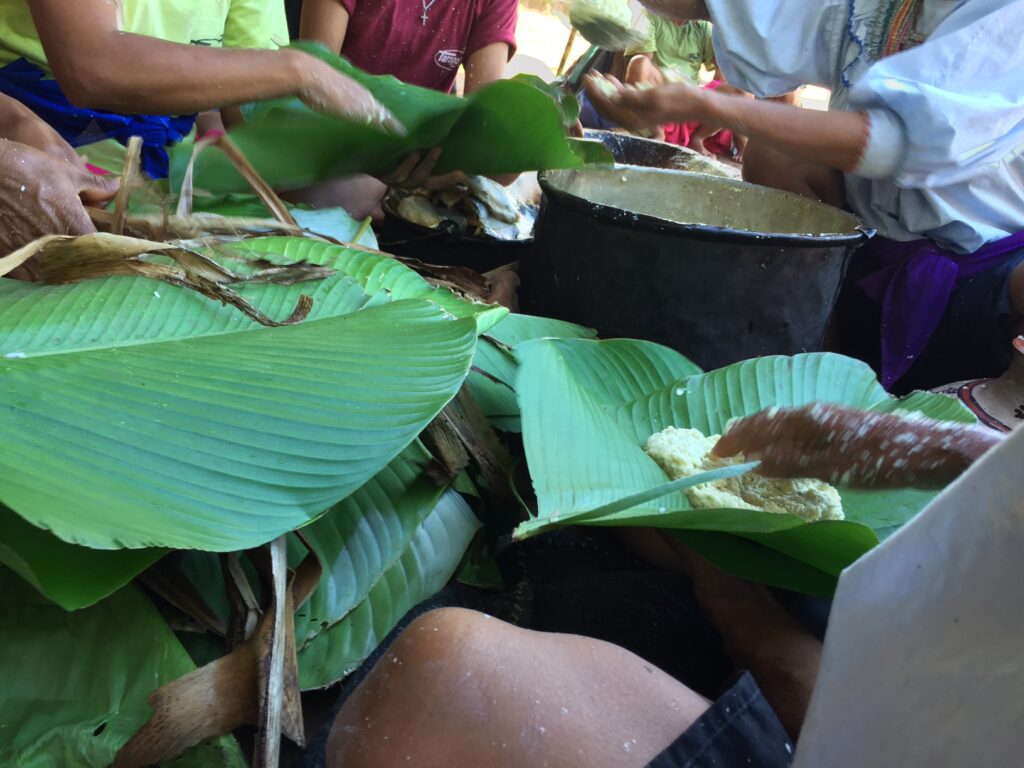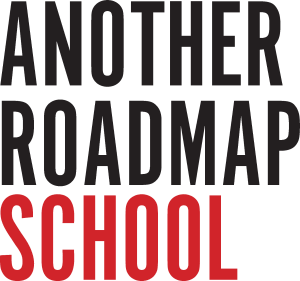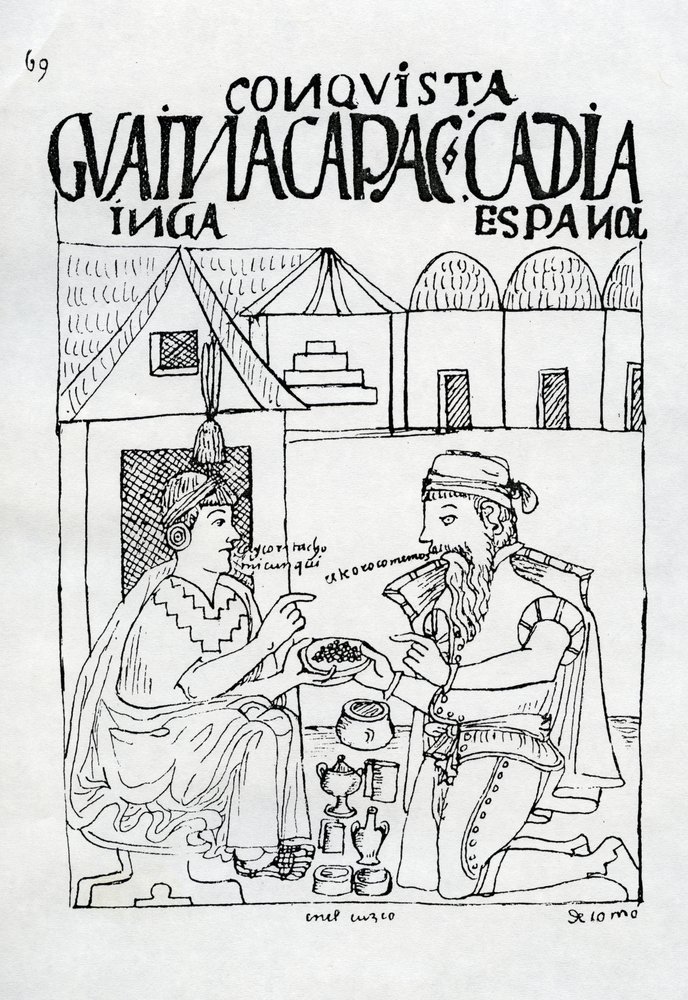
WORKING GROUPS: QUITO, CUERNAVACA
AUTHOR: Alejandro Cevallos N.
#popular education #knowledge exchange #paulo freire #indigenous communities #culture / nature #southern epistemologies #decolonizing the curriculum #cultural affirmation #san roque market in quito

How was Freire’s critical literacy method reformulated or adapted in your context?
What are, have been, or could be educational practices that are not based on the culture-nature opposition?
Grimaldo Rengifo was a member of a literacy brigade in indigenous communities in Peru. Inspired by the “pedagogy of the oppressed,” the educators aspired to mobilize communities against the exploitation they were experiencing. They employed the script: See – Judge – Act, and used generative images in conversation circles following Freire’s method. At each stage of this process, they found themselves discouraging the indigenous people from abandoning their “magical” ideas in exchange for the exercise of abstracting the world; differentiating between human action and nature and turning their experience into an object of analysis in order to transform it.
By privileging enlightened rationality, the critical literacy method ignored the epistemology of Andean indigenous communities, which is based precisely on not separating human action from nature and on understanding the world as a subject of dialogue.
Other supplementary reading materials
DOWNLOAD THE INTERVIEW WITH GRIMALDO RENGIFO VÁSQUEZ: CRIANZA OR THE ART OF NURTURING
DESCARGAR ENTREVISTA A GRIMALDO RENGIFO POR ALEJADRO CEVALLOS Y SOFÍA OLASCOAGA (CASTELLANO)
→ ADDITIONAL RESOURCE: ¿PARA QUÉ SIRVE ESTÁ PLANTITA? (CASTELLANO)
FOLLOW THE PATH THIS LEARNING UNIT IS CONNECTED TO:


